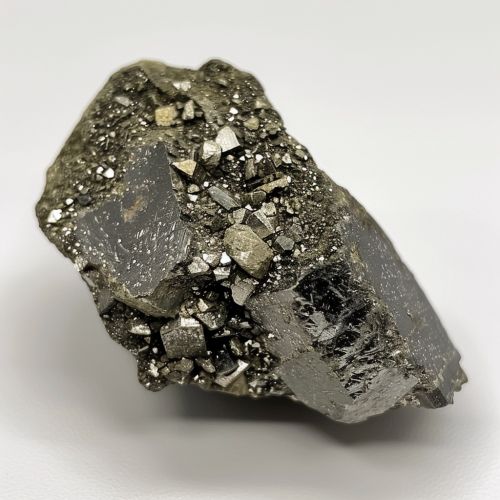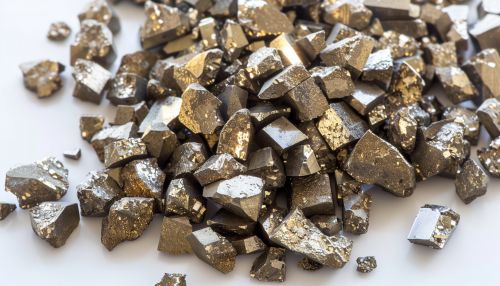Ferrites
Introduction
Ferrites are a class of ceramic materials made from iron oxides combined with other metallic elements. They are known for their magnetic properties and are widely used in the electronics industry. Ferrites can be classified into two main types: soft ferrites and hard ferrites, each with its own unique properties and applications.
Composition and Structure
Ferrites are primarily composed of iron (III) oxide (Fe2O3), also known as hematite or rust, combined with one or more additional metallic elements. These can include nickel, zinc, manganese, and others. The exact composition of a ferrite will depend on its intended use and the specific properties desired.


The structure of ferrites is characterized by a cubic crystalline lattice, with iron ions occupying the center of the cube and oxygen ions at the corners. The additional metallic elements are distributed throughout the lattice, influencing the magnetic properties of the material.
Soft Ferrites
Soft ferrites are so named because of their low coercivity, meaning they can be easily magnetized and demagnetized. This makes them ideal for use in applications where the magnetic field needs to be changed frequently, such as in transformers and inductors.
The most common type of soft ferrite is manganese-zinc ferrite (MnZn ferrite), which has a high permeability and is used in high frequency applications. Another type is nickel-zinc ferrite (NiZn ferrite), which has a lower permeability but higher resistivity, making it suitable for use in radio frequency (RF) applications.
Hard Ferrites
In contrast to soft ferrites, hard ferrites have a high coercivity, meaning they retain their magnetization even in the absence of an external magnetic field. This makes them ideal for use in permanent magnets.
The most common type of hard ferrite is strontium ferrite (Sr ferrite), which is used in a wide range of applications, from refrigerator magnets to data storage devices. Another type is barium ferrite (Ba ferrite), which is used in magnetic tape and other data storage applications.
Applications
Ferrites are used in a wide range of applications due to their magnetic properties and their ability to be produced in a variety of shapes and sizes.
In the electronics industry, soft ferrites are used in transformers, inductors, and antennas, while hard ferrites are used in permanent magnets and data storage devices. Ferrites are also used in microwave devices, magnetic resonance imaging (MRI) machines, and in various types of sensors.
In addition to these applications, ferrites are also used in the automotive industry, in power generation and distribution, and in the production of various consumer goods.
